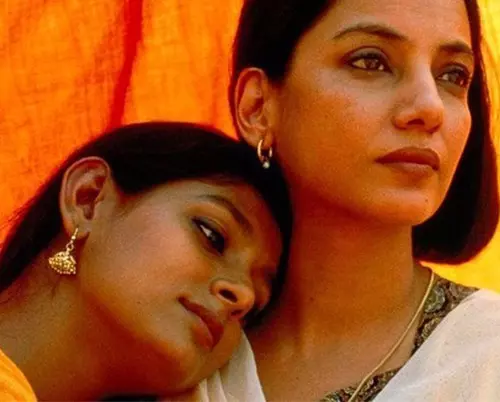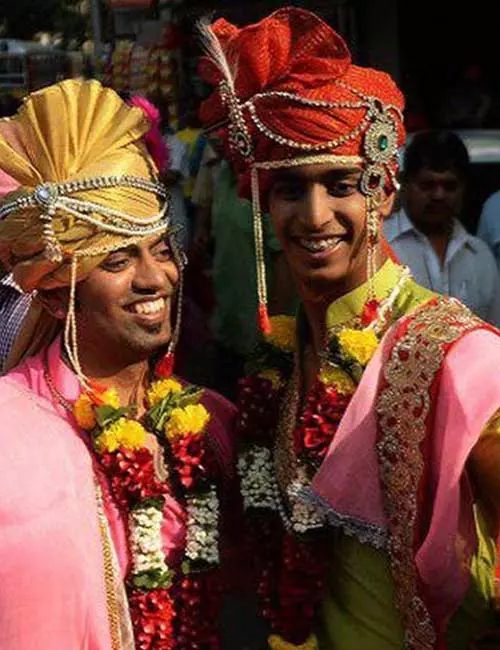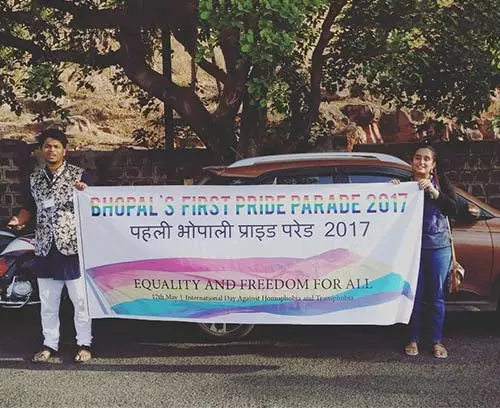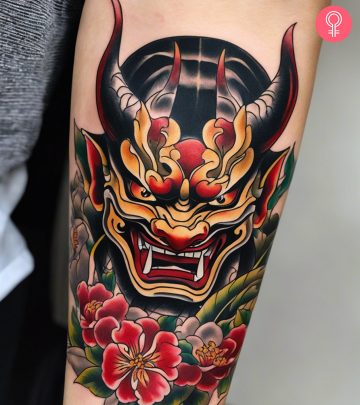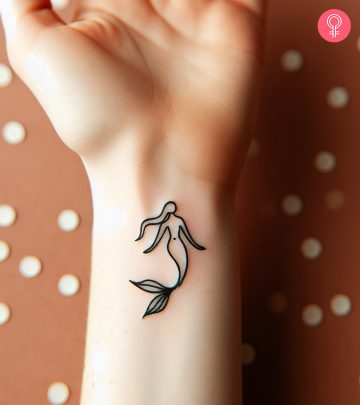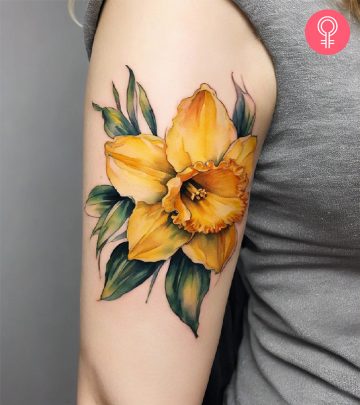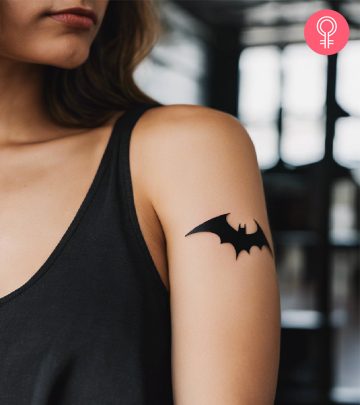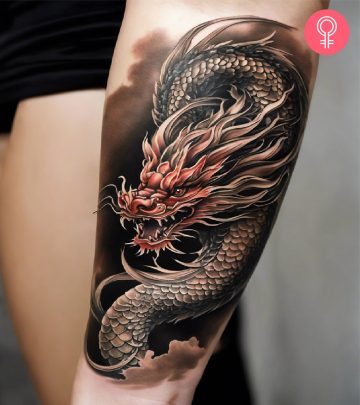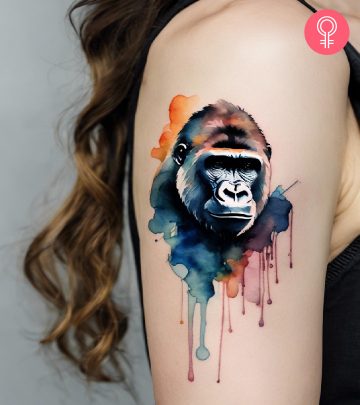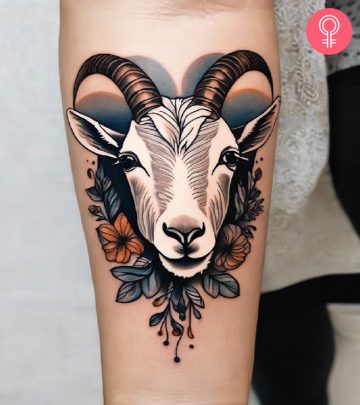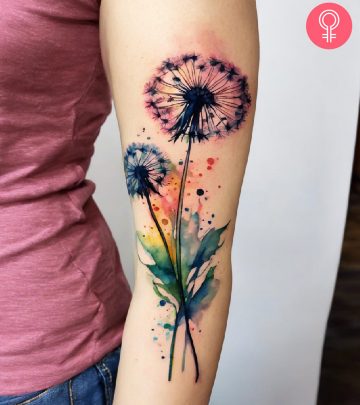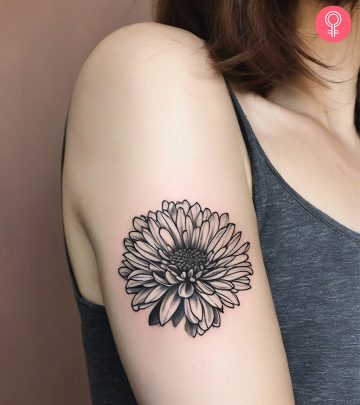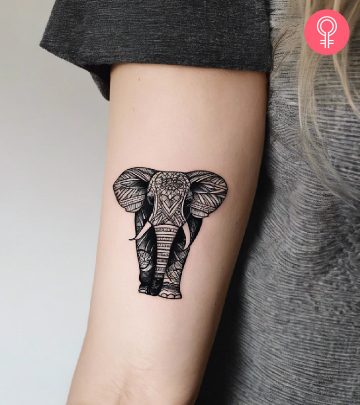Pyaar Kiya Toh Darna Kya: 27 Years Of LGBTQ Pride
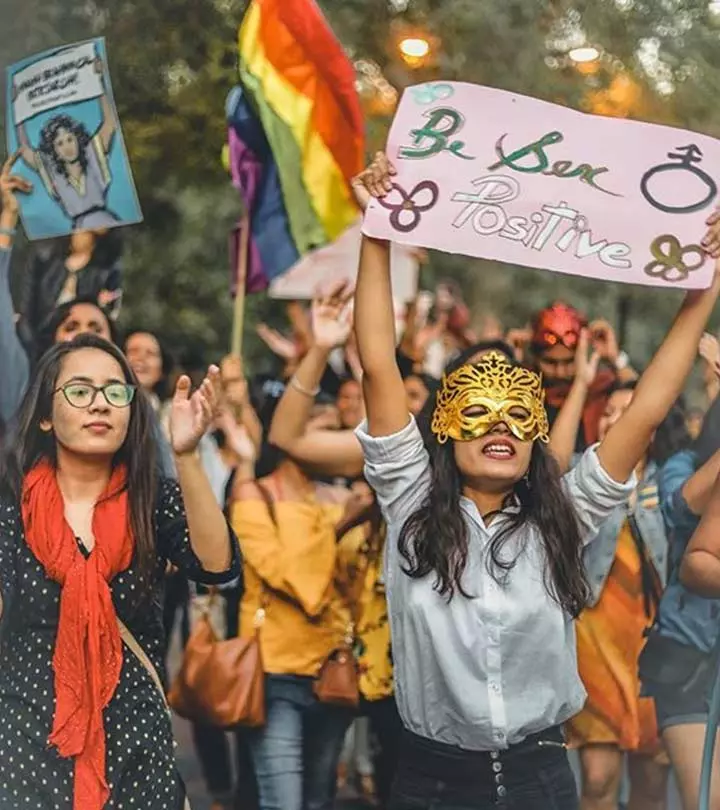
Love knows no bounds — this thought, while deeply philosophical and poignant, is also quite removed from reality. For the world which we inhabit, this abstract idea of love is chained and governed by cold, material reality. The reality of class, caste, religion, and yes, gender too.
But the heart wants what it wants, right?
The month of June is celebrated as the Pride Month in the memory of the Stonewall Riots that took place in New York, USA, in June 1969. These riots sprung from a spontaneous act of rebellion against the systemic harassment of the members of the gay, and lesbian community, by the police. Till then, the LGBT (Lesbian, Gay, Bisexual, Transgender) community remained divided into factions and lived in relative obscurity. But these riots helped them unite as a cohesive unit and thus, was born the active current of LGBTQ activism (where Q stands for queer). In many official and unofficial historical accounts of the LGBTQ movement, this moment is seen as the one where the gay and lesbian community gained a political identity (1).
This alternative bit of history is still a part of mainstream considering it happened in a developed nation, but what about the 2nd most populous nation in the world, India? As we mark the end of the Pride Month, let us take a look at India’s own coming out of the closet.
India’s Rainbow: Existing In The Imaginative
Since the early days of the Indian society, ordinary Indian citizens who identified as homosexuals or those who acknowledged them to exist, tried their best to remain in the shadows, but every now and then, they would venture into the collective imagination through a mention in books, or poetry.
In 1942, the publication of Urdu writer Ismat Chughtai’s short story, Lihaaf, led to an obscenity trial wherein Chughtai was asked to apologize for her depiction of a relationship between two women as seen through the eyes of a young girl (2). Though she did end up winning the case, the story made her (in) famous as a provocative writer of corrupt books.
From then, till the early 90s, depictions of homosexuality were attempted by a few brave writers, still the society at large remained uncomfortable talking about the issue, branding it immoral and corrupt (3).
The Opening Of The Closet
India’s own Stonewall moment came almost two decades after the original one. On August 11, 1992, a few protesters from an organization called AIDS Bhedbhav Virodhi Andolan, (ABVA), decided to block the entrance of Police Headquarters in Delhi to protest the arrest of several men on the suspicion of homosexuality (4).
The organization also laid the foundation for the repeal of the outmoded Section 377, which punished anyone who had voluntary carnal intercourse against the order of man with any man, woman, or animal.
Not only was this law used as a tool to oppress and terrorize members of the LGBTQ community, but its archaic phrasing also rendered certain sexual acts between consenting heteronormative couples as illegal! Needless to say, it had no place in modern India.
In 2001, the NGO Naz Foundation filed a Public Interest Litigation (PIL) in Delhi High Court to make homosexual intercourse legal. After a prolonged legal battle of 8 years, in 2009, Delhi High Court decriminalized homosexual acts, terming the section 377 as violative of the basic rights as given in the Constitution, but this decision was overruled by the Supreme Court in 2013 (5). Finally, after a number of walk-backs and debates on the constitutionality of the law, the Supreme Court finally legalized homosexual acts by partially striking down section 377, in September 2018 (6).
Though the credit for this landmark victory goes to these foundations, and a few eminent private citizens who mobilized support to fight the good fight, one can’t ignore those countless ordinary individuals who braved moral policing and contempt of the society by participating in freedom marches and pride parades. India’s first pride parade was held as early as 1999, in Kolkata, when 15 LGBTQ activists took part in Kolkata Friendship Walk (7). This tradition was adopted by other cities of the country which soon went on to host their own Pride parades.
Abolition Of Article 377: Towards A More Inclusive Future
Though its neighbors like Taiwan have taken more radical steps such as legalizing same-sex marriage, India’s still testing the waters. But one thing is sure, the change is coming and for a lot of members of the LGBTQ community, there’s a rainbow at the end of the tunnel.
This can be evident from the fact that public personages like the athlete Duttee Chand, had no inhibition in announcing her sexual orientation to the world. And why would she, when she had such a strong community to support her (8).
More and more, acceptance is becoming the norm. It’s true that society fears what it does not understand, and now, the Indian society is collectively making an effort to understand its much-maligned faction. Stories of individuals who were accepted by their families, who are encouraged to be themselves unapologetically are increasing in numbers. Social media projects like Humans of Bombay are replete with them.
Popular media too has left behind its crude, mocking ways and is trying to portray the rich inner life of this section of the society without reducing them to cruel stereotypes.
It wouldn’t be right to say that everyone is free to love in this, post-377 India, but yes, they are no longer deemed criminals for loving someone who is of the same sex.
So, yes, with each passing day, India is surely but certainly making its way out of the closet.


